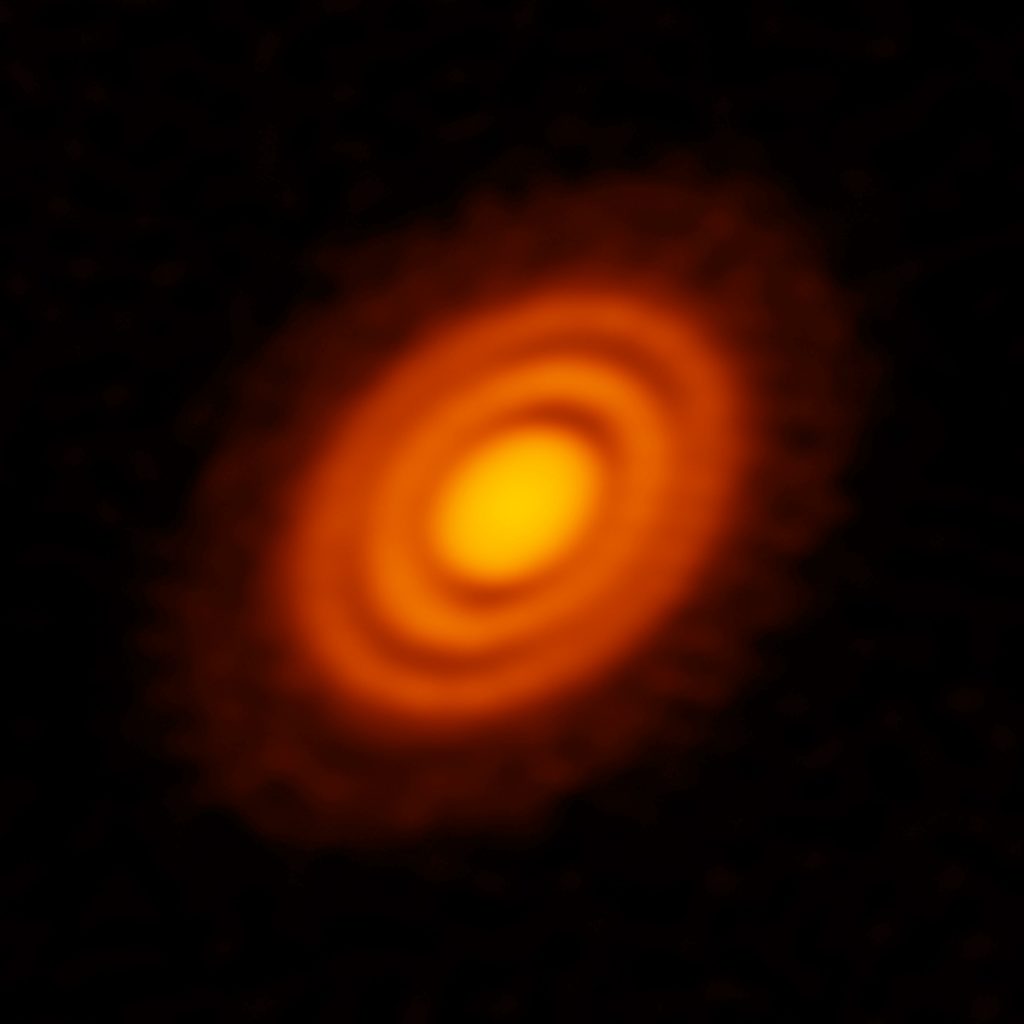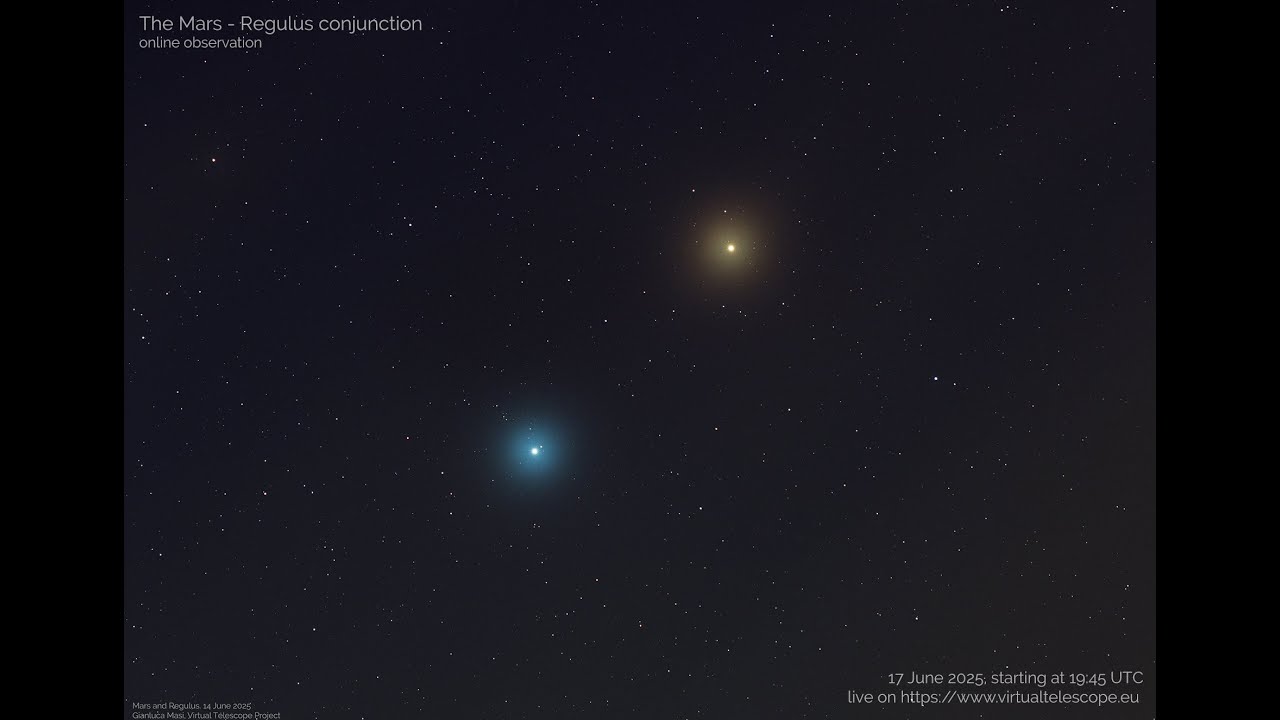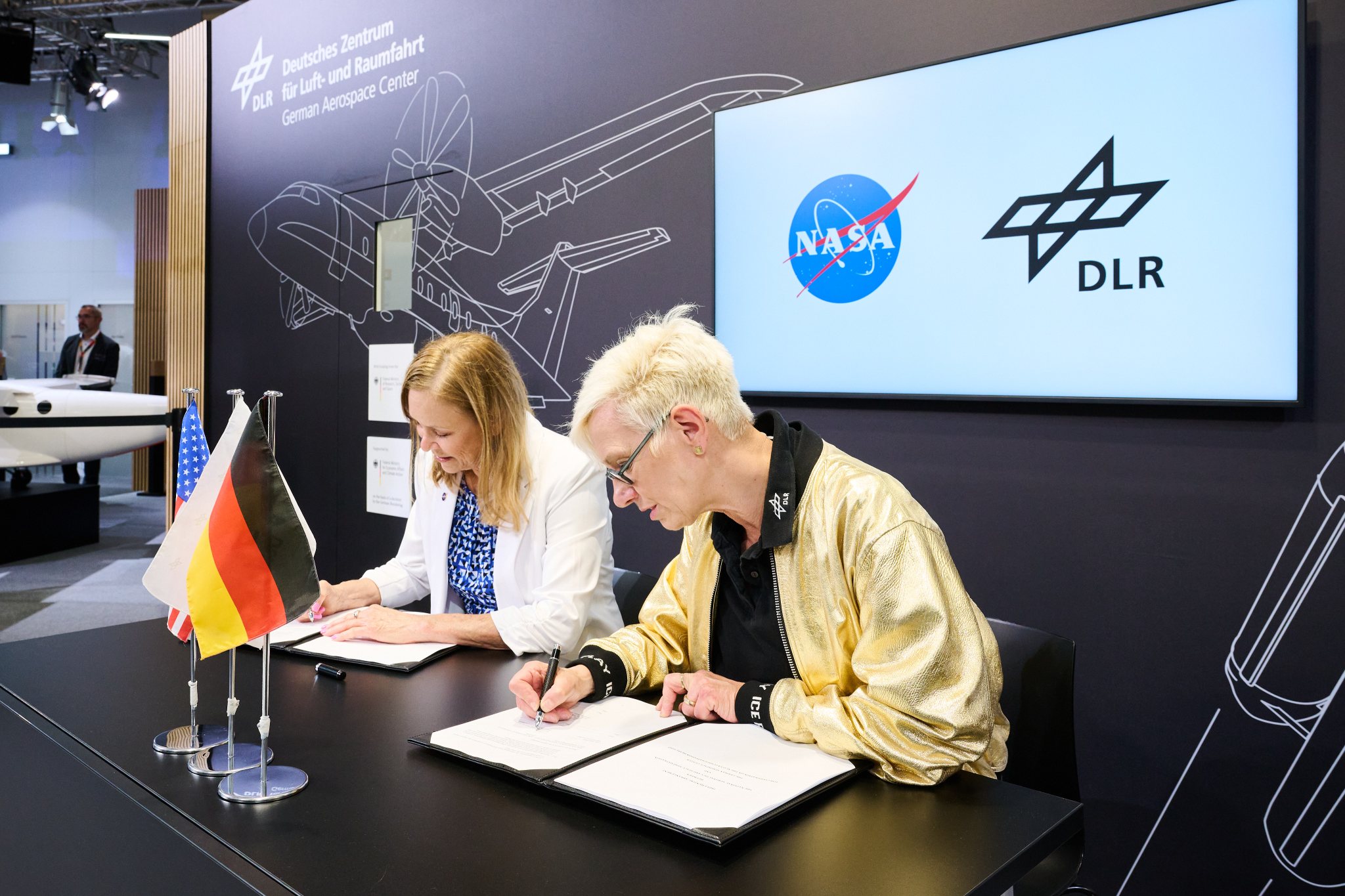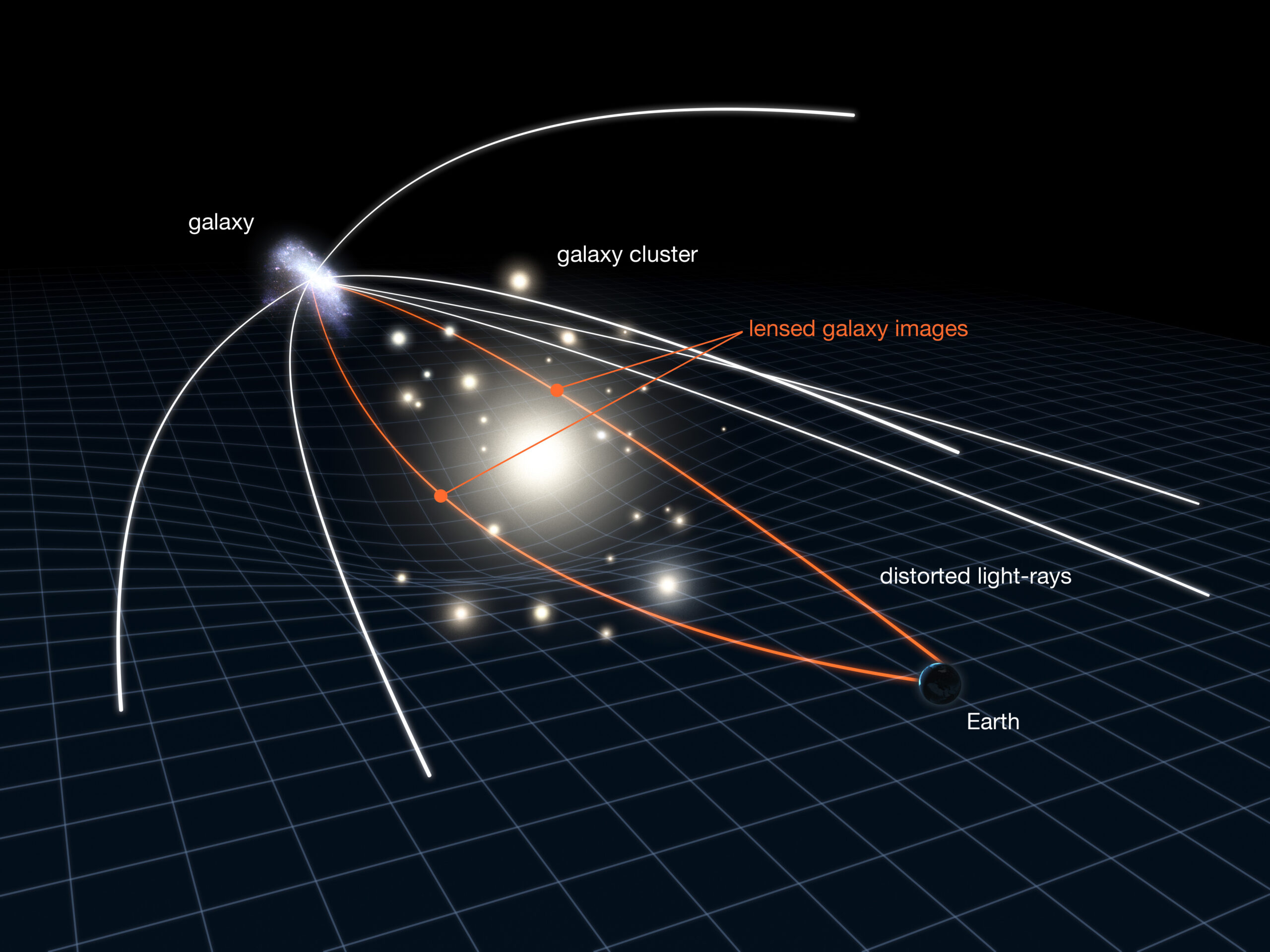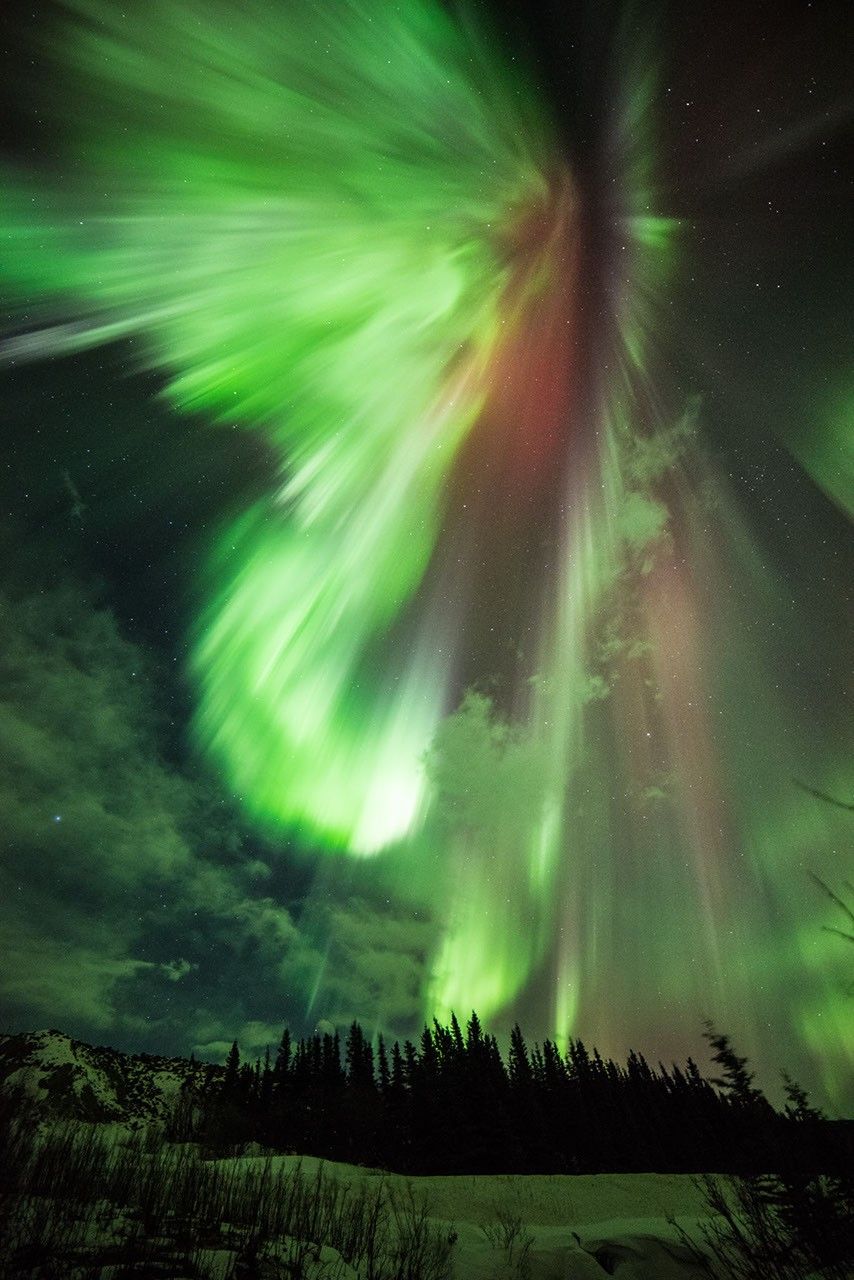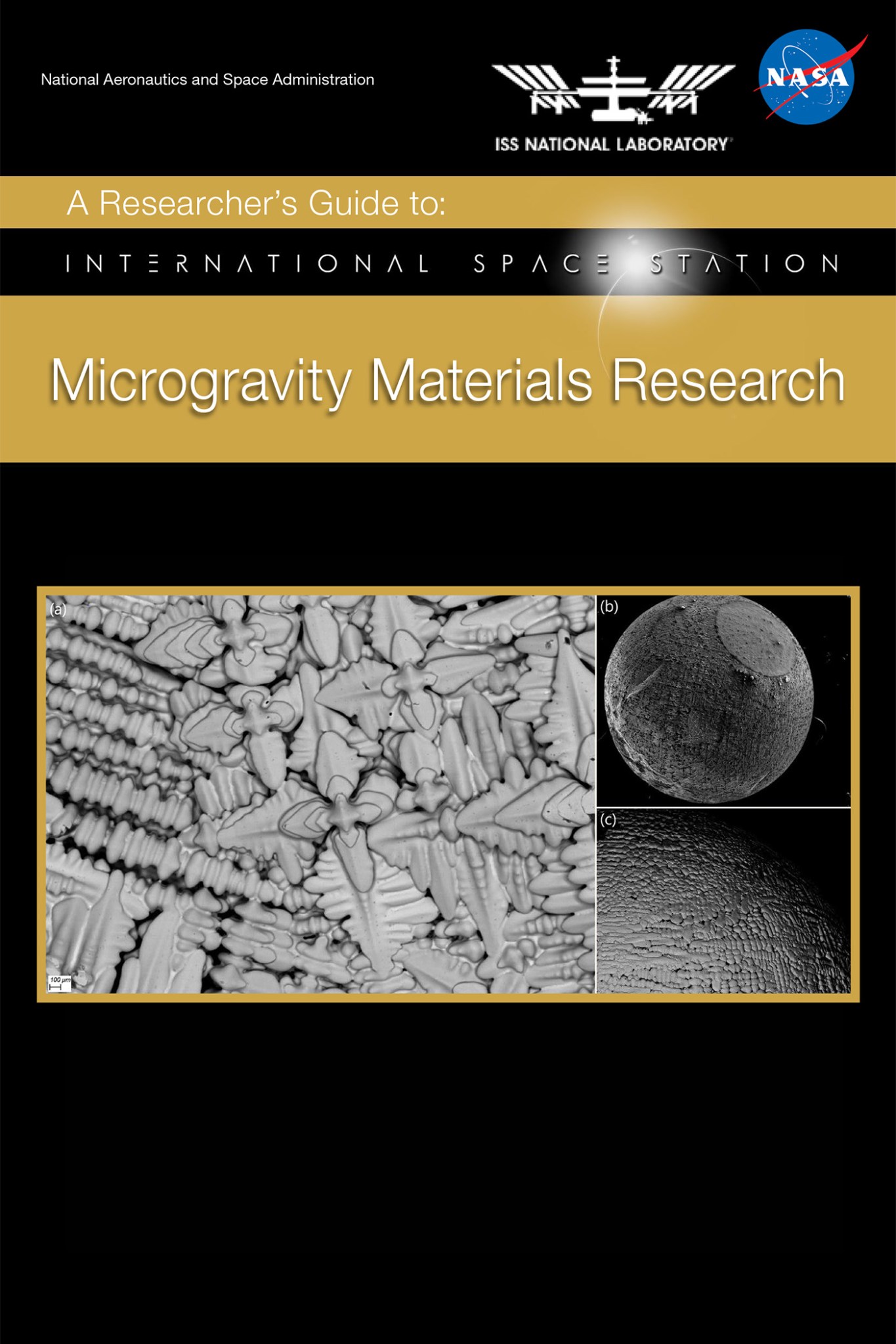Infant planets are ravenous little blighters that quickly devour what remains of the star-circling gas and dust clouds in which they form. The gas in these protoplanetary disks disappears rapidly, within just a few million years. Astronomers now have a better picture of this process of planetary evolution than ever before, thanks to a new study. The research was conducted by an international team of astronomers using the Atacama Large Millimeter/submillimeter Array (ALMA), as part of a program called the ALMA Survey of Gas Evolution of PROtoplanetary Disks (AGE-PRO). The…
Read MoreDay: June 17, 2025
Watch the stunning Mars and Regulus conjunction today with this free livestream
The Mars-Regulus conjunction: online observation – 17 June 2025 – YouTube Watch On Mars and the star Regulus are set to put on a dazzling show tonight as the Red Planet passes remarkably close to Leo’s brightest star in a striking celestial pairing — and you can watch it live online. The conjunction between Mars and the bright blue star Regulus began on Monday (June 16) and will bring the two objects side by side in the night sky. A conjunction occurs when two celestial bodies appear very close together…
Read MoreNASA, German Aerospace Center to Expand Artemis Campaign Cooperation
Acting NASA Administrator Janet Petro and Anke Kaysser-Pyzalla, chair, Executive Board, DLR (German Aerospace Center, or Deutsches Zentrum für Luft- und Raumfahrt), signed an agreement June 16, 2025, to continue a partnership on space medicine research. With this agreement, DLR will provide new radiation sensors aboard the Orion spacecraft during NASA’s Artemis II mission. Scheduled for launch no later than April 2026, Artemis II will mark the first test flight with crew under Artemis. Credit: DLR While attending the Paris Air Show June 16, NASA acting Administrator Janet Petro signed an…
Read MoreRoman Space Telescope will use a century-old idea from Einstein to probe the nature of mysterious dark matter
When NASA’s Nancy Grace Roman Space Telescope begins science operations in 2027, it will use a space-bending effect first predicted by Einstein back in 1916 in an attempt to crack one of science’s greatest mysteries: the nature of dark matter. The phenomenon in question is that of “gravitational lensing.” The great physicist’s magnum opus theory of gravity, general relativity, proposes that this occurs when objects of great mass warp the very fabric of space-time (the four-dimensional unification of space and time), and light from background sources is curved as it…
Read MoreA New Hybrid System Could Enable Spacecraft Attitude Control Systems to Perform Scientific Measurements
A NASA-sponsored team is creating a new approach to measure magnetic fields by developing a new system that can both take scientific measurements and provide spacecraft attitude control functions. This new system is small, lightweight, and can be accommodated onboard the spacecraft, eliminating the need for the boom structure that is typically required to measure Earth’s magnetic field, thus allowing smaller, lower-cost spacecraft to take these measurements. In fact, this new system could not only enable small spacecraft to measure the magnetic field, it could replace the standard attitude control…
Read MoreA Researcher’s Guide to: Microgravity Materials Research
The book cover for the 2025 edition of the Microgravity Materials Research Researcher’s Guide June 2025 Edition Most materials are formed from a partially or totally fluid sample, and the transport of heat and mass from the fluid into the solid during solidification inherently influences the formation of the material and its resultant properties. The ISS provides a long-duration microgravity environment for conducting experiments that enables researchers to examine the effects of heat and mass transport on materials processes in the near-absence of gravity-driven forces. The microgravity environment greatly reduces…
Read More